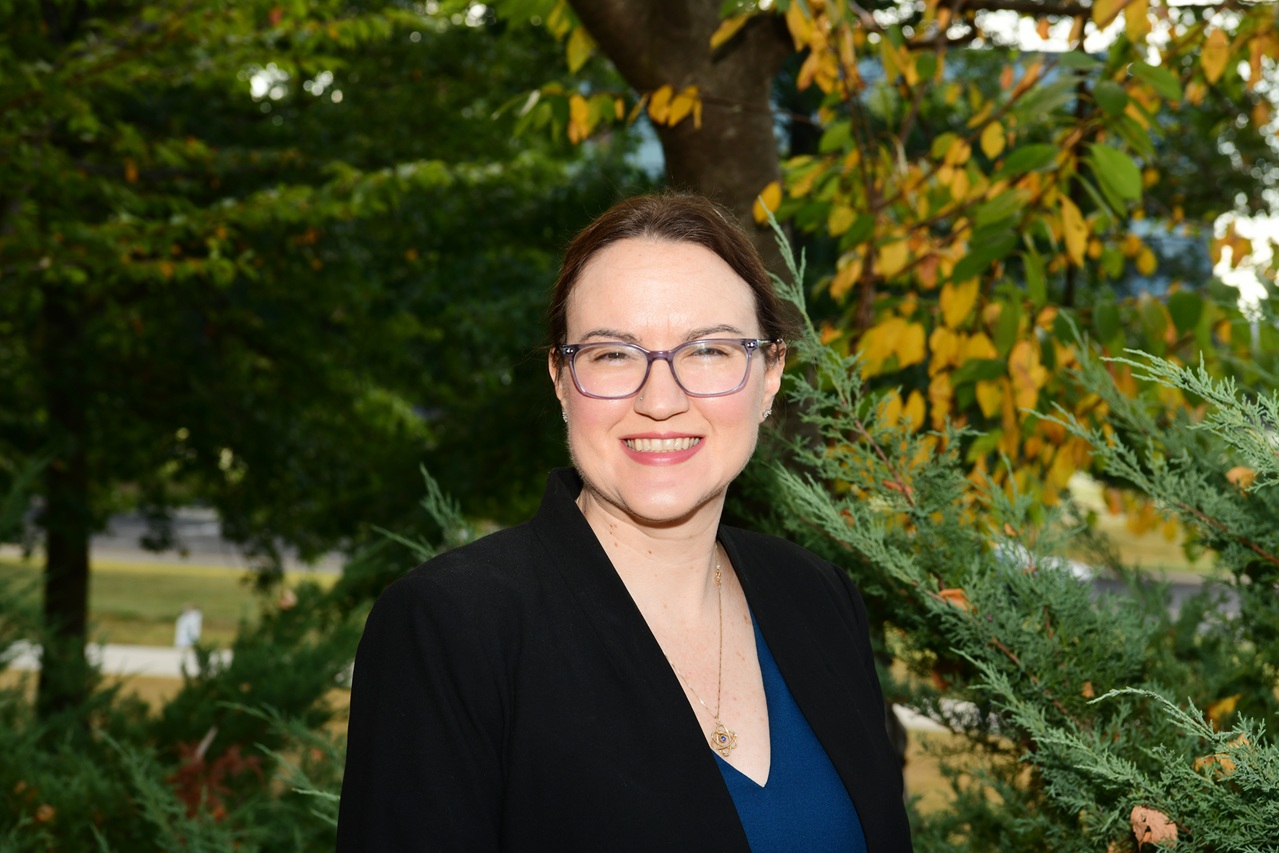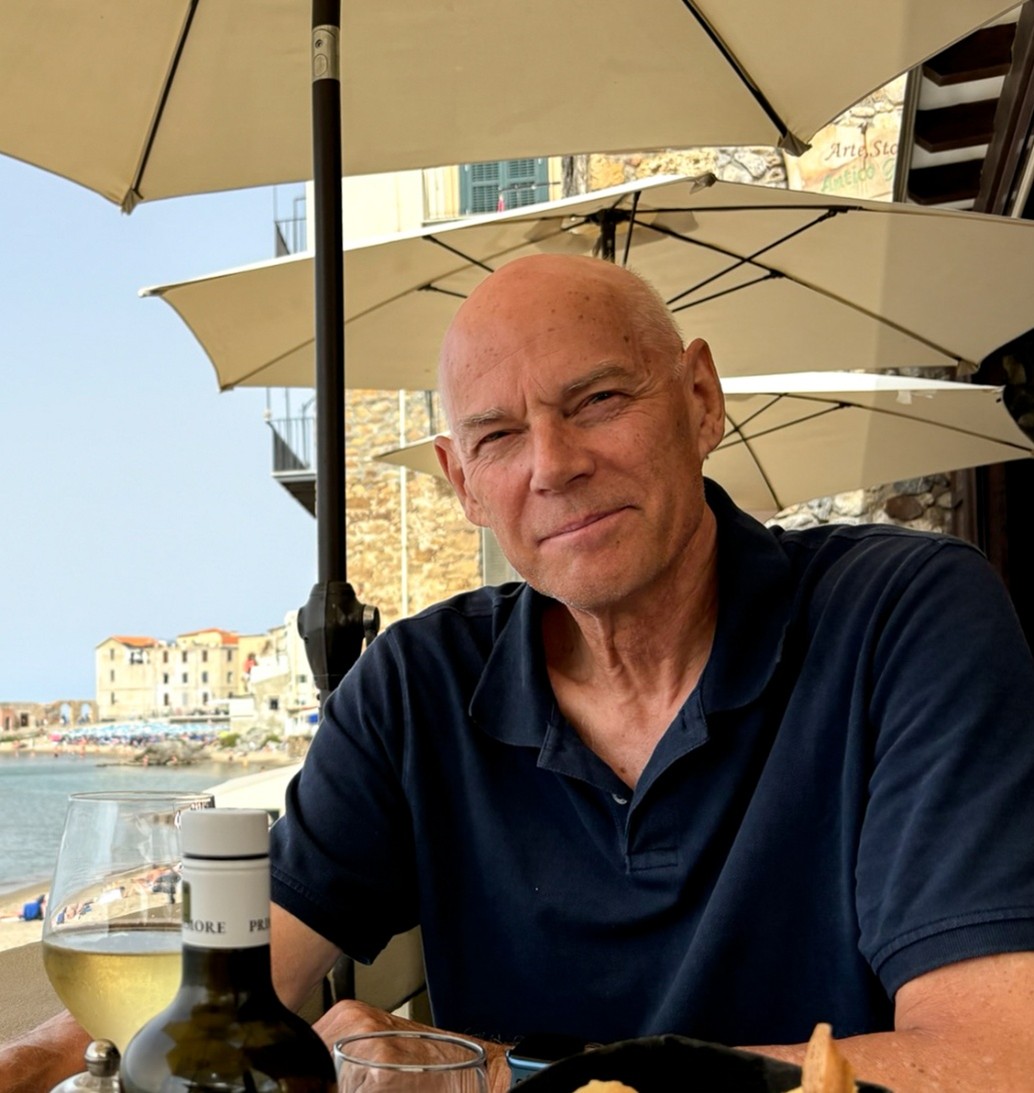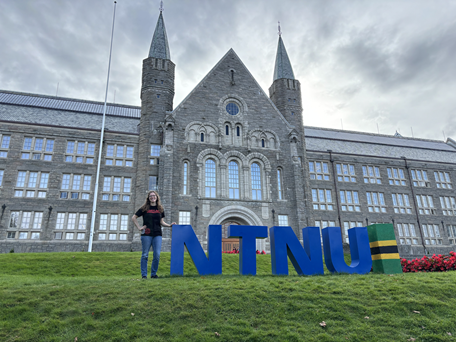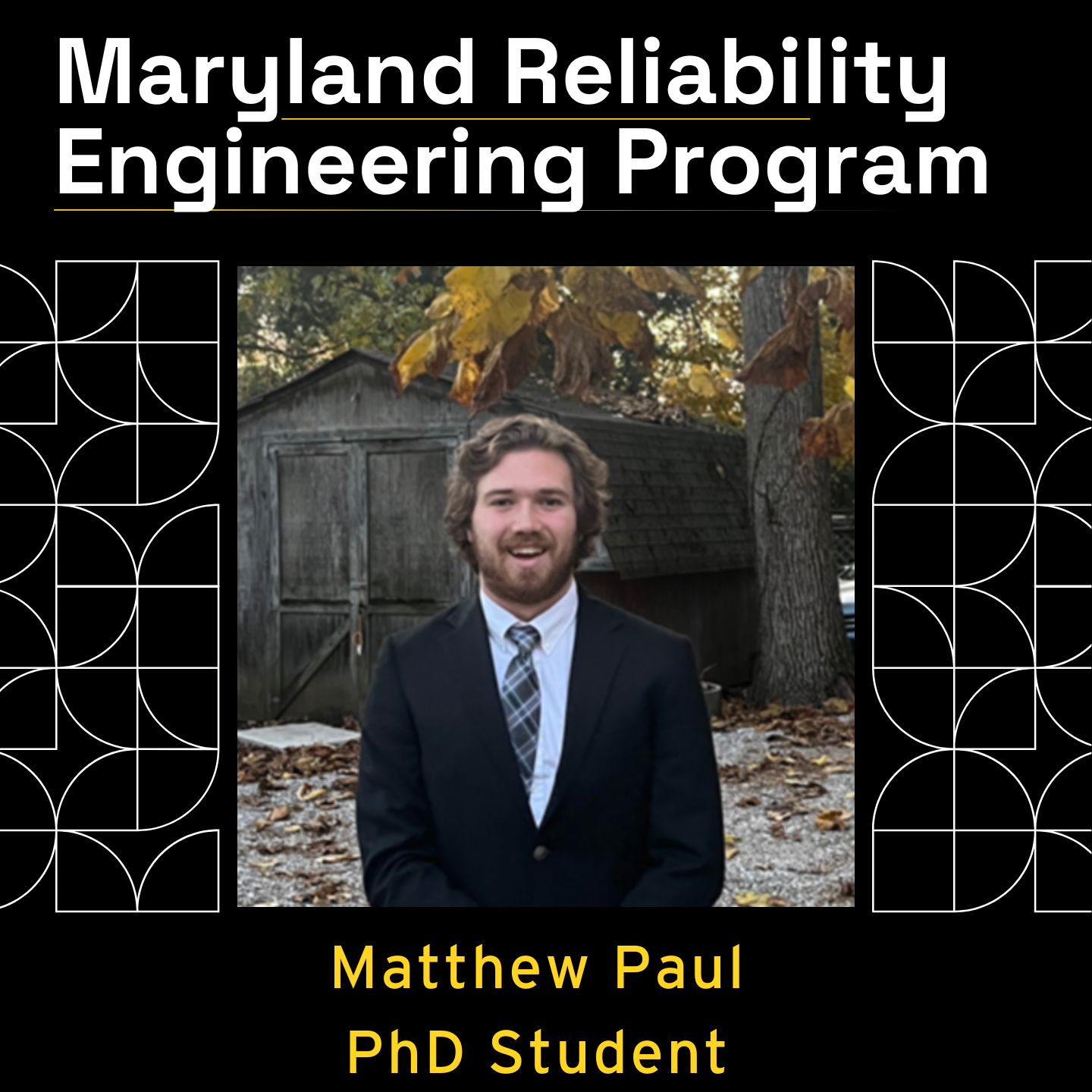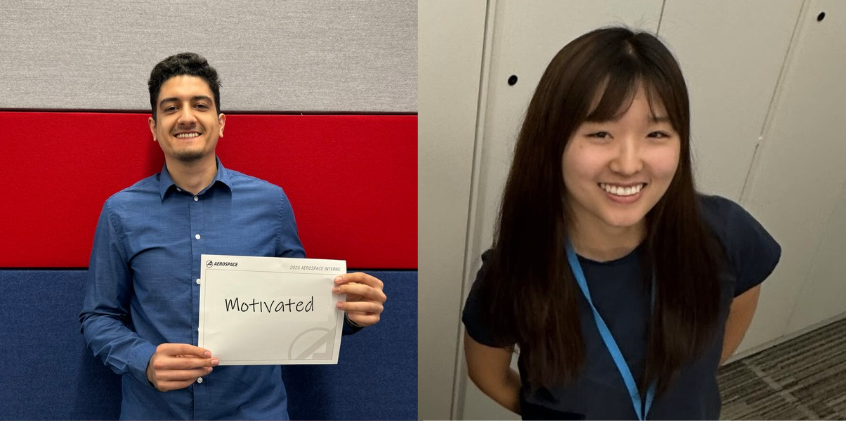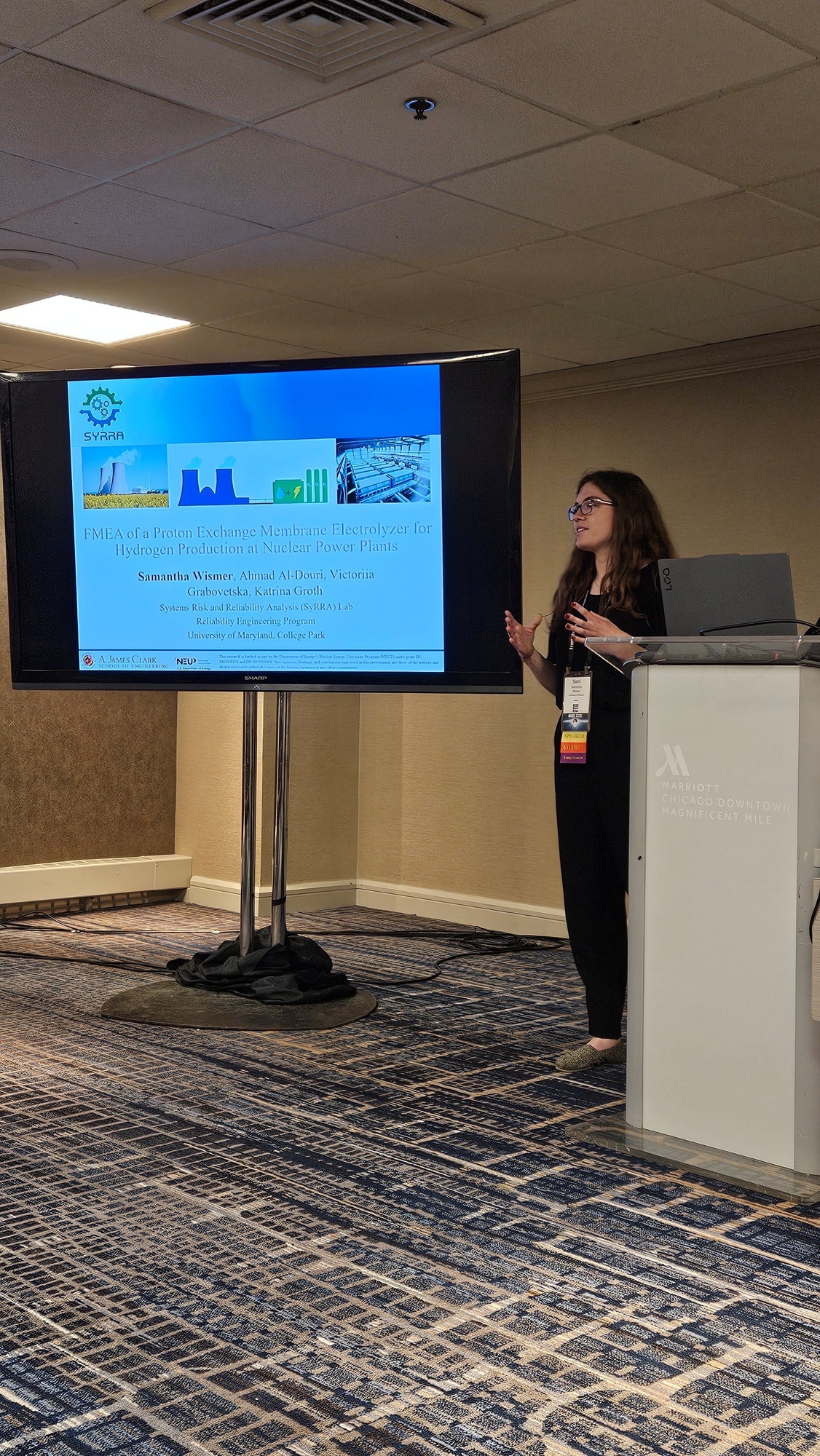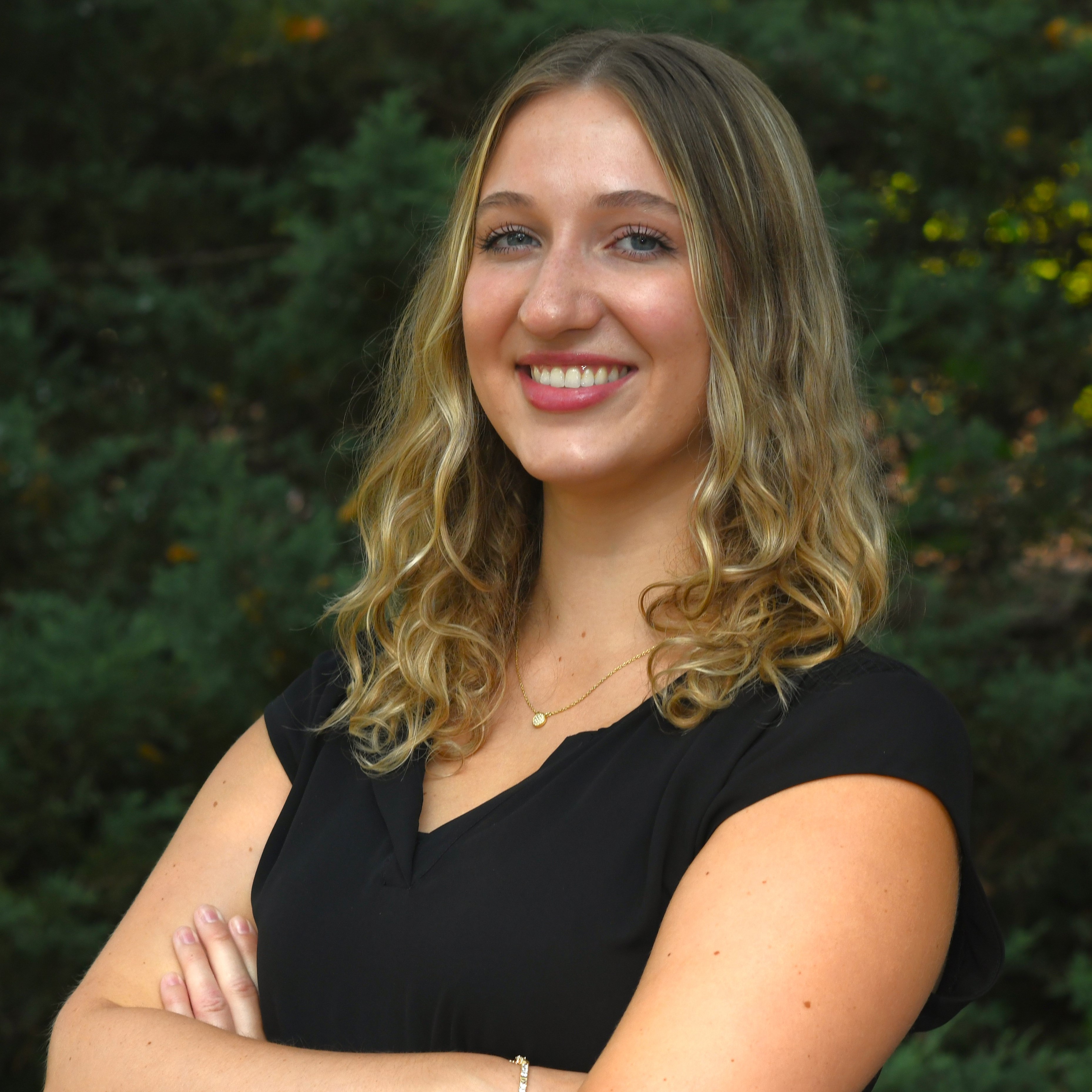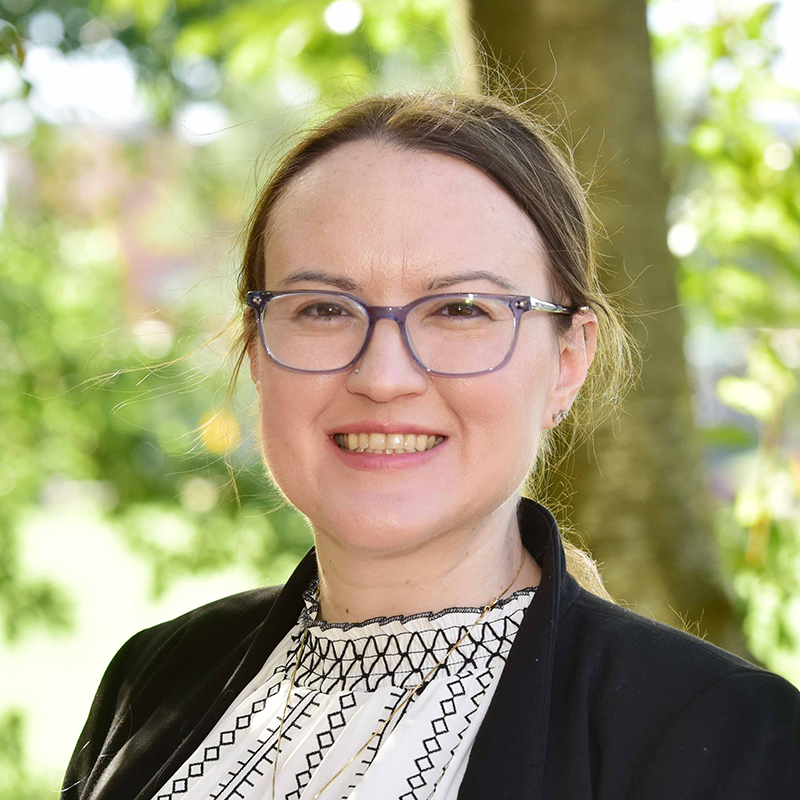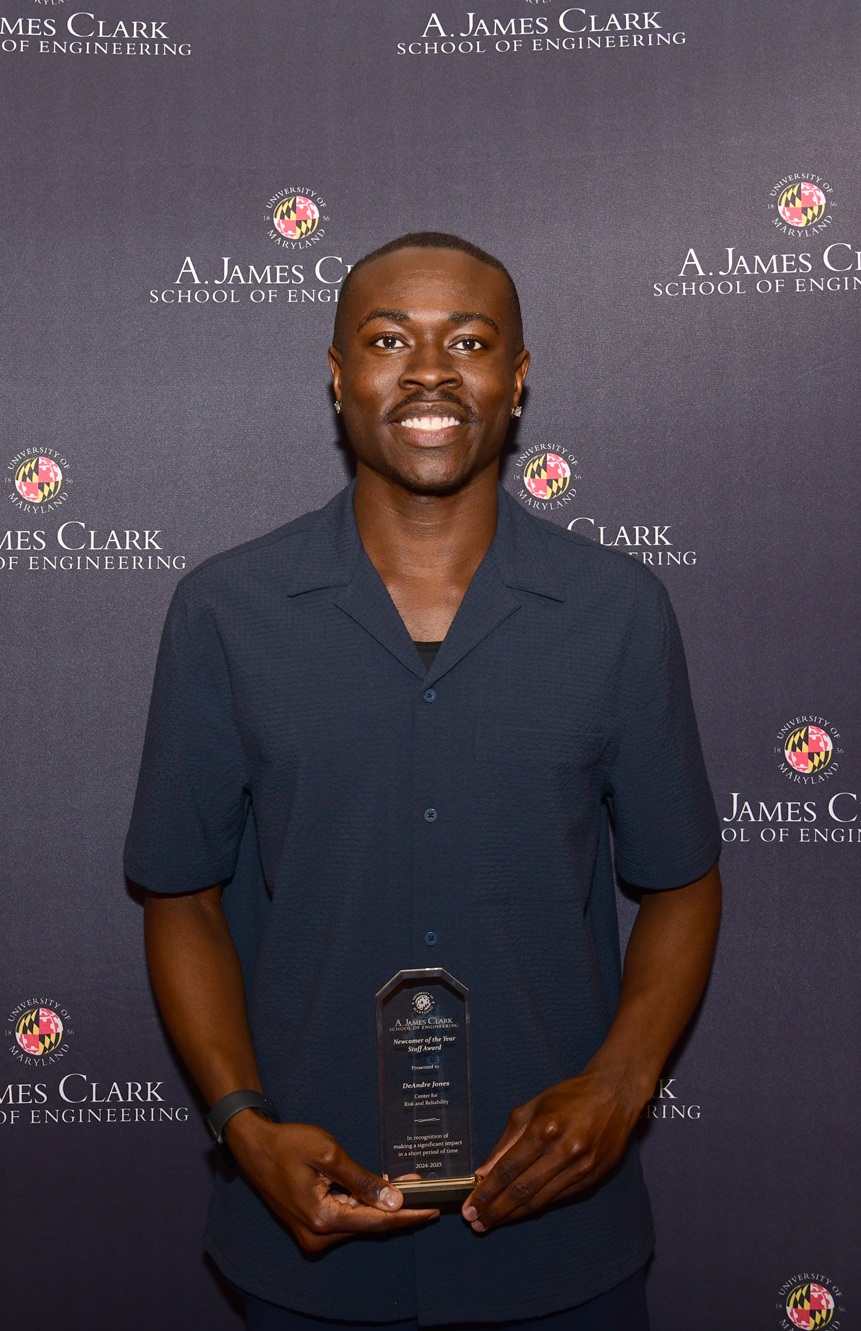News Story
NSF CAREER Award Winner Bensi Studies Multi-Hazard Events
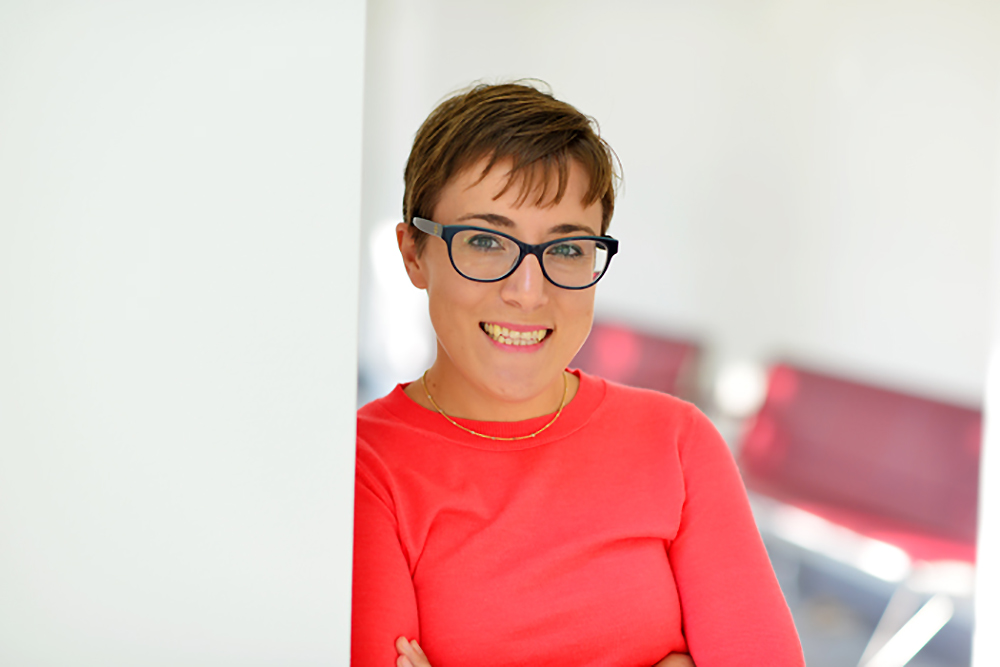
Natural hazards often come in bundles: an earthquake, for instance, may lead to flooding if dams or levees break. A hurricane may not only generate high velocity winds but also storm surge and torrential rains that overwhelm drainage systems. Indeed, such multi-hazard events are more the rule than the exception. Decision-making related to risk mitigation needs to consider these multi-hazard events as well as the relative risks posed by different types of hazards.
Yet experts who perform hazard assessments generally address each type of hazard in isolation, without investigating the ways in which multiple hazards could combine, says University of Maryland (UMD) faculty member Michelle Bensi, the newly-announced recipient of a National Science Foundation (NSF) Early Career Development (CAREER) Award.
An assistant professor in the civil and environmental engineering department at UMD’s A. James Clark School of Engineering, Bensi has set out to close the gap in hazard assessment by developing tools and strategies that can guide our understanding of more complex types of risk.
“Individual communities of practice have developed around specific kinds of hazards,” Bensi said. “There are seismic researchers, coastal hazard researchers, inland flooding researchers, and precipitation researchers, just to name a few. And they often don’t interact.” Such compartmentalization even operates at institutional levels: one university may be known for its expertise in seismic events, while another may be a hub for flooding research.
Each community, moreover, has developed its own mathematical techniques, terminology, and pedagogical approaches, confounding efforts at reconciliation.
This Tower of Babel-like situation carries over from academia to the federal and state agencies charged with mitigating natural hazards. “Within a single agency, you may find substantially different approaches applied to seismic hazards and water hazards,” Bensi said.
“Individual communities of practice have developed around specific kinds of hazards. There are seismic researchers, coastal hazard researchers, inland flooding researchers, and precipitation researchers, just to name a few. And they often don’t interact.”
Dr. Michelle Bensi, assistant professor of civil and environmental engineering, University of Maryland
In her NSF-funded research, Bensi will be seeking to develop a common lexicon as well as a mathematical framework that will enable specialists in different hazard areas to communicate and collaborate effectively. To do so, she will employ probabilistic graphical models known as Bayesian networks.
“Bayesian networks allow us to represent mathematics in a graphical form,” Bensi said. “And that makes them ideal for communicating with subject matter experts across disciplines.”
“They’re also exceptionally useful for modeling complex dependencies—which are indeed what we find in multi-hazard events,” she said.
Machine learning is also a component of Bensi’s research. Simply put, the Bayesian networks she is constructing would otherwise be computationally prohibitive—requiring too much computer memory, too much time, or both. But machine algorithms allow researchers like Bensi to design emulators that deliver workable results, with enormous gains in speed and efficiency.
Bensi’s background as a researcher makes her uniquely well-qualified for the kind of synthesis she is attempting—at different points in her career, she has covered a wide range of hazards. As a master’s student, her focus was on human-made hazards, specifically blast events; while completing her doctorate, she turned her attention to seismic risks. Then, during her service at the Nuclear Regulatory Commission, she extended her expertise to cover dam failures, flooding, and coastal hazards. These experiences have given her a first-hand look at the respective communities of practice—and heightened her sense that more needs to be done to bring them together.
The NSF CAREER Award, Bensi said, is the perfect springboard for such an endeavor. “It’s designed to encourage big thinking, and to support research with the potential to transform a field or discipline,” she said. “My interest in bridging the divide between researchers, practitioners, and educators working with different hazards was actually one of the things that spurred me to go into academia. I saw there were avenues available for the kind of work I wanted to do and this CAREER Award will help enable that.”
Published April 21, 2021
